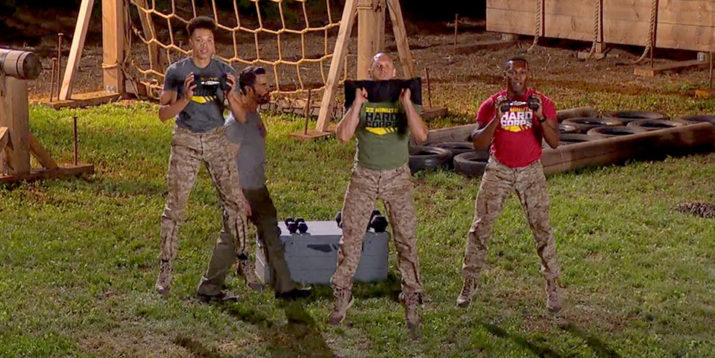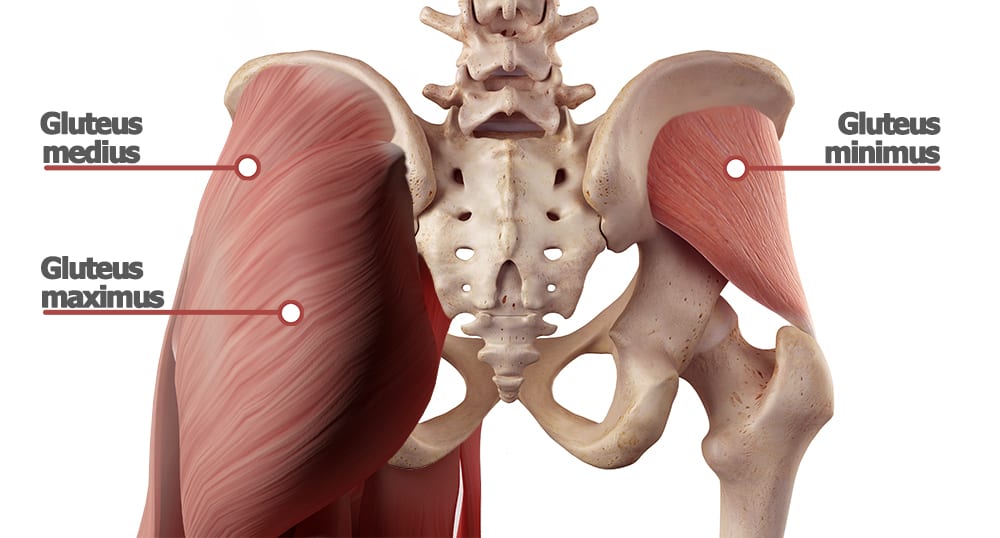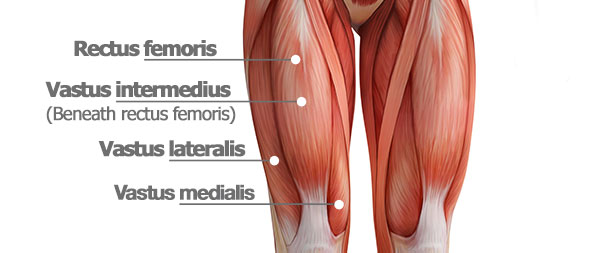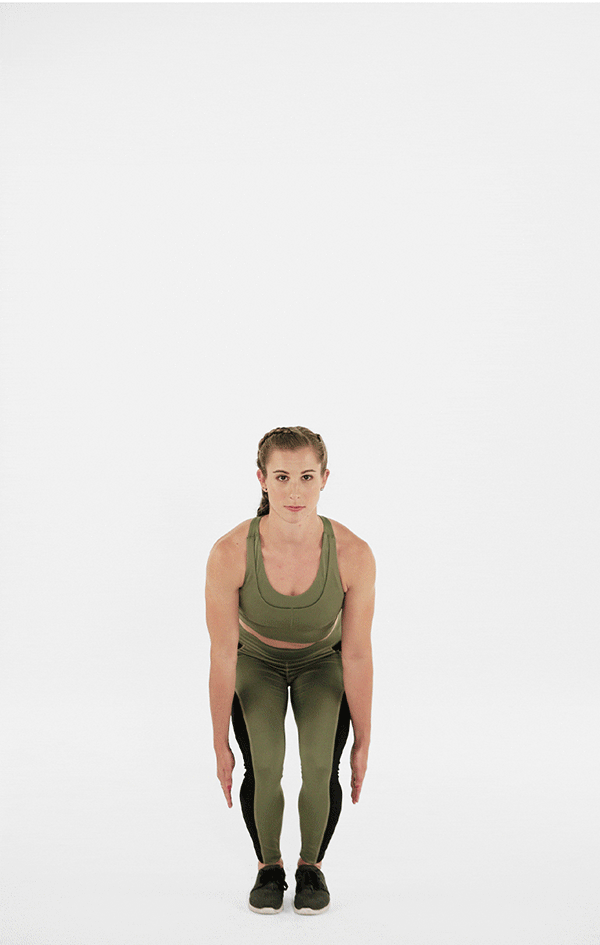Learn to Do the Jump Squat for Sculpted Quads and Glutes

Want to get better at fast, explosive plyometrics movements, such as jumping? Jump squats are a great place to start.
Known interchangeably as a squat jump, the jump squat a simple exercise that packs a serious power-building punch. All you need is a few feet of floor space.
Start slow with lighter resistance and smaller jumps, and transition to a faster pace, higher jumps, and/or heavier weights.
Soon, you may be ready to turn it into a 30-day squat challenge! Here’s how to do it with perfect form.
Dumbbell Jump Squat: Step-by-Step Instructions
- Stand tall with your feet shoulder-width apart, holding a dumbbell or sandbag at your chest with both hands. Alternatively, you can hold a dumbbell in each hand at your sides, palms facing in.
- Keeping your chest up, core engaged, and back flat, push your hips back and lower your body until your thighs are parallel to the floor.
- Push yourself back up explosively, jumping straight up.
- Land softly, lowering yourself immediately into your next rep.
How to Make Jump Squats Easier
If weighted jump squats prove problematic in any way, use lighter weights or simply switch to the bodyweight squat jump.
Another option if you have knee issues or are overweight: “Don’t jump,” says Trevor Thieme, C.S.C.S.
“Not jumping might seem like it defeats the purpose of the exercise, but studies show that performing a movement explosively while keeping your feet on the ground provides similar benefits to traditional plyometrics without increasing the stress on your joints,” he explains.
How to Make the Jump Squats Harder
If you’re looking for ways to increase the difficulty of the move, use heavier weights, jump higher, or add a pause at the bottom of the movement, suggests Thieme.
That last option will eliminate the help you get from the stretch reflex, which is the rubber band-like tendency of a muscle to return to a shortened state when stretched.
However you perform the squat jump, try not to save it for the end of a workout.
“The squat jump requires what it helps you build — explosive power — so you don’t want to save it for the end of a workout when your legs are tired,” Thieme says. “You want to perform it when your legs are fresh, during the first half of a training session.”
Muscles Targeted by the Jump Squat
The jump squat primarily builds power and muscle in your lower body. Here are the main muscles it targets.
Glutes

You’re likely familiar with the biggest of the three major muscles comprising your butt: the gluteus maximus.
It’s most responsible for the hip extension required in jumping. The other two — the gluteus medius and gluteus minimus — are more involved in hip rotation and abduction (outward movement).
Quadriceps

On the front of your thighs are the four muscles comprising your quads. They all spring into action simultaneously to extend your knee during jump squats.
Jump Squat Alternatives
Not feeling the jump squats? Try one of these other moves instead.
1. Star jump

- Start in a quarter squat position with your back flat, feet together, and palms touching the sides of your lower legs.
- Jump up, raising your arms and legs out to your sides (your body should form an “X” in mid-air).
- Land softly with your feet together and immediately lower yourself back into the starting position.
- Start with 10 reps, adding more as you feel ready.
2. Skater jump
- From a standing position, shift your weight onto your left leg, bending your left knee to lower your hips a few inches while raising your right foot off the ground.
- Bound to your right by pushing off with your left leg.
- Land softly on your right leg, allowing your left leg to cross behind you and your arms to swing across your body in the same direction.
- Pause, and then repeat the movement, this time pushing off with your right leg and landing on your left leg.
- Continue jumping back and forth.
3. Alternating step-up jump
- Stand tall with your arms by your sides and your left foot on a bench so that your hip, knee, and ankle are all bent 90 degrees.
- Keeping your chest up, shoulders back, and core braced, drive through your left foot and push your body up with enough force for both feet to leave the bench. Switch feet in the air, landing with your right foot on the bench, and lower your left foot to the floor.
- Continue alternating legs with each rep.
Benefits of Jump Squats
Jumping in any form primarily works the glutes and quadriceps.
But jump squats hammer those muscles harder than many other plyometric exercises because they require you to perform a full squat (thighs parallel to the floor), not just a dip of the knees as you might do when performing a forward or lateral hop.
So if you’re interested in sculpting your legs and defining your rear, add the squat jump to your workout (you’ll only need about 30 seconds to feel the burn).
And weekend warriors take note: Plyometric movements like the jump squat can help build explosive power, which may give you a leg up in your next friendly tennis match or pick-up basketball game.
